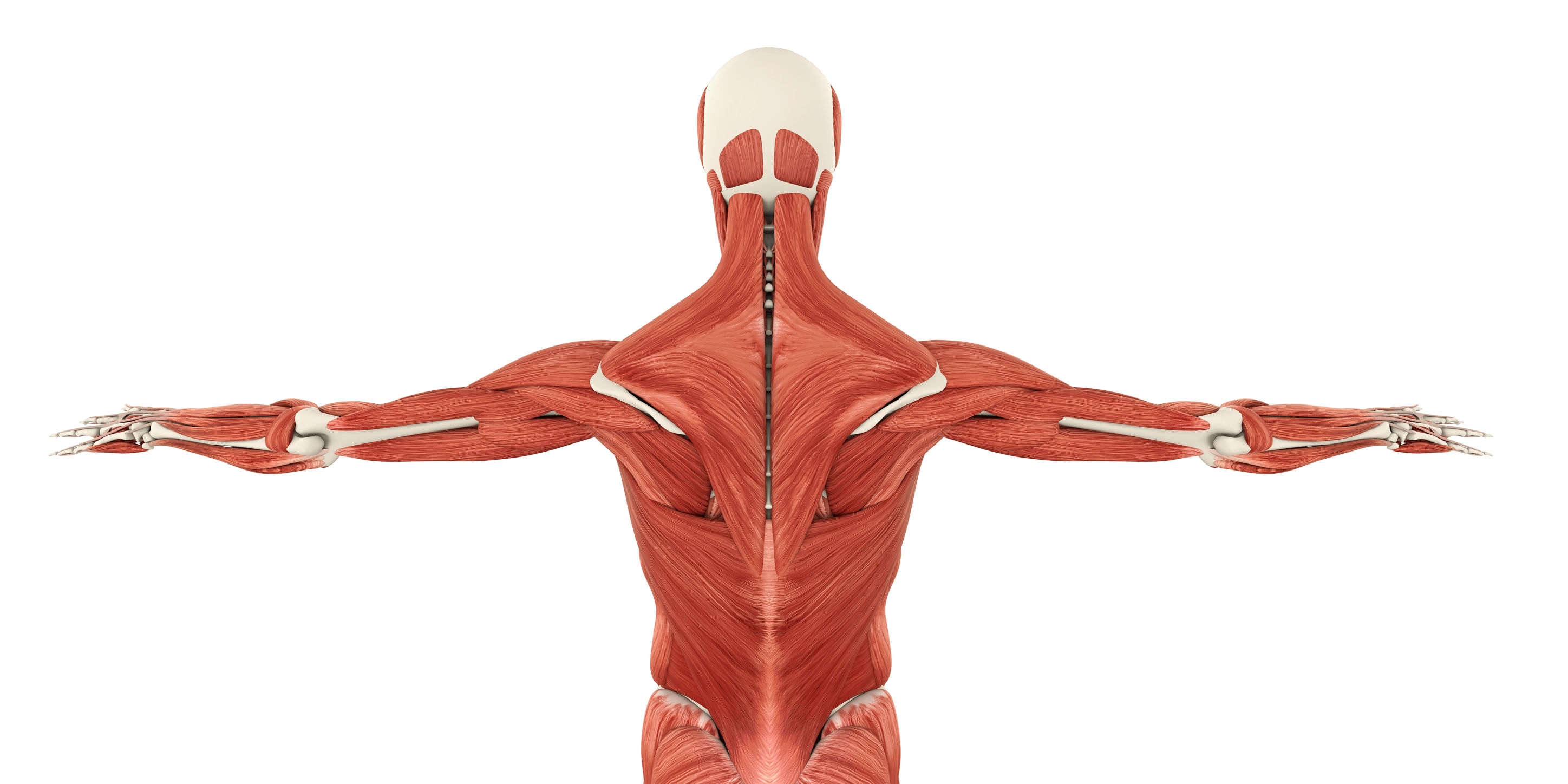What’s This Research About?
Some people experience back pain after standing for long periods of time (pain developers (PDs)) while others do not (non-pain developers (NPDs)). Is it possible that they use their posterior muscles differently? This study investigated exactly that by assessing whether or not there was altered muscular recruitment during trunk extension from a flexed position after a 2-hour standing bout. The authors hypothesized that the low back PDs would recruit more spinal muscles than gluteal muscles. They also looked for gender differences, and or differences in velocity during trunk extension.

TITLE: Altered muscle recruitment during extension from trunk flexion in low back pain developers
PUBLICATION: Clinical Biomechanics
DATE: 2012
AUTHORS: Nelson-Wong E, Alex B, Csepe D, Lancaster D, Callaghan J
Low back pain model (LBP model): A previous study by Gallagher et al., has found that 40-60% of people with no history of back pain will develop pain (Pain developers (PD)) after 2 hours of standing. The others are deemed non-pain developers (NPD). They found that the PD’s also exhibited relaxation of their gluteal muscles in the standing experiment.
Visual analog scale (VAS): A measurement tool that attempts to get a value for a subjective parameter such as pain. In the case of pain, a subject or patient will be given a sheet of paper with a line on it that notes minimum on one side, and max on the other and told to evaluate and mark their pain along that line.

